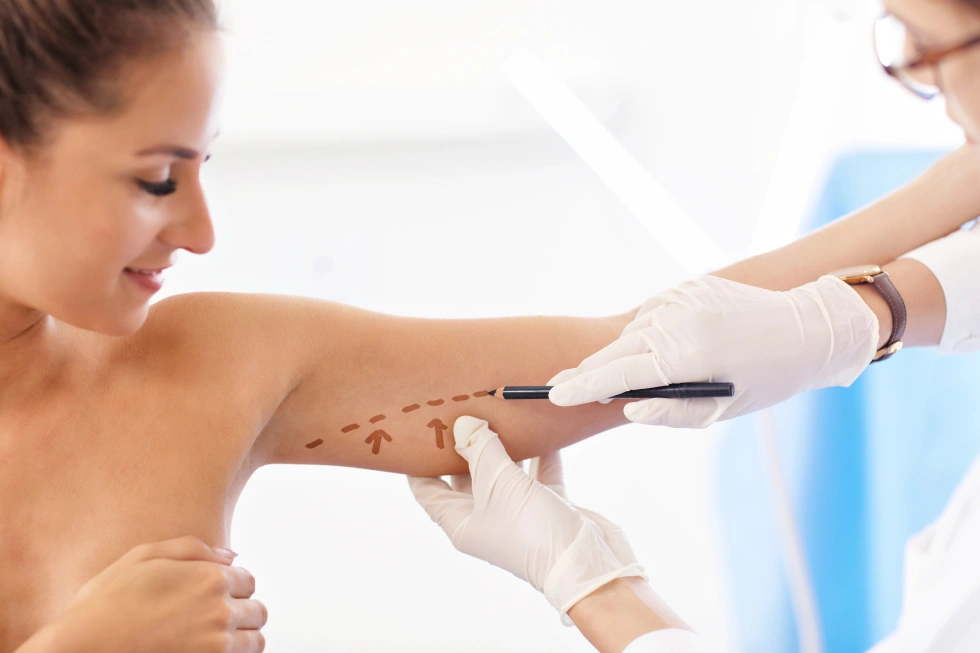When it comes to skin rejuvenation, the debate between chemical peels and microneedling often overlooks something crucial: your skin’s timeline. It’s not just about the treatment’s results—it’s about how your skin heals, adapts, and responds over time. For professionals balancing recovery with appearance, understanding when and how each treatment works best can make the difference between a short-lived glow and long-term skin health. Let’s go deeper than surface-level advice.
What Is a Chemical Peel?
A chemical peel is more than just a skin “refresh.” It’s a methodical way to resurface the skin by applying a customized acid solution that dissolves damaged outer layers. What many don’t realize is that peels aren’t one-size-fits-all—there are superficial, medium, and deep peels, and the right one depends on your skin’s history, not just its current state. Deep peels may offer dramatic results, but they also trigger a longer inflammatory response, which can delay your ability to undergo other cosmetic treatments. Surprisingly, chemical peels can also stimulate collagen in deeper layers, especially when used strategically in a long-term skincare plan. If your skin is sensitive to mechanical stimulation or if you’re prone to post-inflammatory hyperpigmentation, a chemical peel might offer a gentler—but still powerful—alternative to other procedures.
What Is Microneedling?
Microneedling isn’t just about creating tiny holes in the skin—it’s about activating your body’s natural repair system in a controlled, intentional way. By using fine needles to create micro-injuries, this treatment triggers collagen and elastin production without removing any layers of skin. What often goes unmentioned is how microneedling can influence how your skin absorbs topical treatments afterward. For patients dealing with acne scars or uneven texture, this can significantly boost results when paired with the right serums. Another lesser-known benefit: microneedling is generally safer for darker skin tones, since it doesn’t use heat or chemicals that could cause hyperpigmentation. Its downtime is also highly customizable—something busy professionals appreciate when trying to balance treatments with their work and lifestyle demands.
Side-by-Side Comparison of Results
While both chemical peels and microneedling improve tone and texture, they work differently under the surface. Chemical peels often give quicker surface results—think brighter, smoother skin in just days. Microneedling, on the other hand, builds collagen gradually over weeks, offering more structural improvements, especially for fine lines and scarring.
What’s rarely discussed is how each treatment influences skin behavior long-term. Chemical peels may increase skin’s sensitivity to sun and topical products, while microneedling can enhance product penetration—both a benefit and a risk, depending on what you’re using at home. Also, the results of microneedling often improve with consistency, creating a cumulative effect. If you’re looking for instant radiance, peels deliver. If you’re playing the long game for skin density and firmness, microneedling may be more rewarding.
Skin Conditions and Which Treatment Wins
Choosing between a chemical peel and microneedling isn’t just about personal preference—it’s about matching the treatment to the skin condition. Here’s a realistic, experience-backed look at which option often works best for specific concerns:
- Acne Scars:
- Microneedling wins. It targets deeper layers of the skin to break up scar tissue and stimulate collagen. Over time, this can help smooth out pitted scars. Chemical peels mostly work on the surface, so they may help with discoloration, but not the texture of deeper scars.
- Microneedling wins. It targets deeper layers of the skin to break up scar tissue and stimulate collagen. Over time, this can help smooth out pitted scars. Chemical peels mostly work on the surface, so they may help with discoloration, but not the texture of deeper scars.
- Hyperpigmentation & Melasma:
- Chemical peels win (but with caution). Peels can lighten dark spots by removing damaged layers of skin. However, with melasma especially, deeper peels or overly aggressive acids may trigger rebound pigmentation. A series of light peels is often safer than one strong session.
- Chemical peels win (but with caution). Peels can lighten dark spots by removing damaged layers of skin. However, with melasma especially, deeper peels or overly aggressive acids may trigger rebound pigmentation. A series of light peels is often safer than one strong session.
- Fine Lines & Early Aging:
- Microneedling wins long-term. By encouraging collagen and elastin production, microneedling improves skin structure below the surface. Peels may smooth superficial lines, but they don’t stimulate deep tissue remodeling like microneedling does.
- Microneedling wins long-term. By encouraging collagen and elastin production, microneedling improves skin structure below the surface. Peels may smooth superficial lines, but they don’t stimulate deep tissue remodeling like microneedling does.
- Oily, Congested Skin:
- Chemical peels win. They exfoliate dead skin and help clear out clogged pores. Certain peels (like salicylic acid) can even reduce oil production temporarily.
- Chemical peels win. They exfoliate dead skin and help clear out clogged pores. Certain peels (like salicylic acid) can even reduce oil production temporarily.
- Sensitive or Reactive Skin:
- Microneedling wins. Despite what people assume, microneedling can be gentler on sensitive skin since it doesn’t rely on chemicals. Plus, there’s no risk of triggering a chemical burn or allergic reaction—just controlled micro-injuries that the skin knows how to heal.
Other Factors That Matter
Beyond your skin type or concern, lifestyle, timing, and even your skincare habits should guide your decision. For example, if you’re a sun lover or heading into a beach vacation, chemical peels might not be ideal—they can make your skin more photosensitive. If you’re using actives like retinoids or exfoliants at home, they may conflict with a peel but work well with microneedling. Time off matters, too—microneedling often has less peeling or flaking than stronger peels, making it easier to fit into a busy schedule. Even your comfort with needles or downtime can shift the better option for you. Skin care is personal—and so should your treatment plan be.
Can You Combine Both Treatments?
Yes, you can combine chemical peels and microneedling—but timing is everything. These treatments target different layers of the skin, and when used strategically, they can create layered benefits. For example, microneedling can stimulate collagen at a deeper level, while a mild chemical peel added a few weeks later can polish the skin’s surface. However, doing both too close together can overwhelm your skin and lead to irritation or delayed healing. A staggered approach, planned by a provider who understands your skin’s limits, often delivers the most natural and lasting results. It’s not about doing more—it’s about doing it smarter.
Conclusion
Choosing between a chemical peel and microneedling depends on your unique skin concerns, lifestyle, and recovery preferences. Both treatments offer distinct benefits—chemical peels excel at surface renewal and brightening, while microneedling promotes deeper collagen remodeling. Understanding these nuances helps you make an informed decision that aligns with your goals. For a personalized evaluation and to explore which treatment suits your skin best, visit RAM Plastic Surgery. Our expert team, led by Dr. Azizi, is here to guide you through every step of your skin journey. Call us today at 312-337-3010 to schedule your consultation and take the first step toward radiant, rejuvenated skin.







